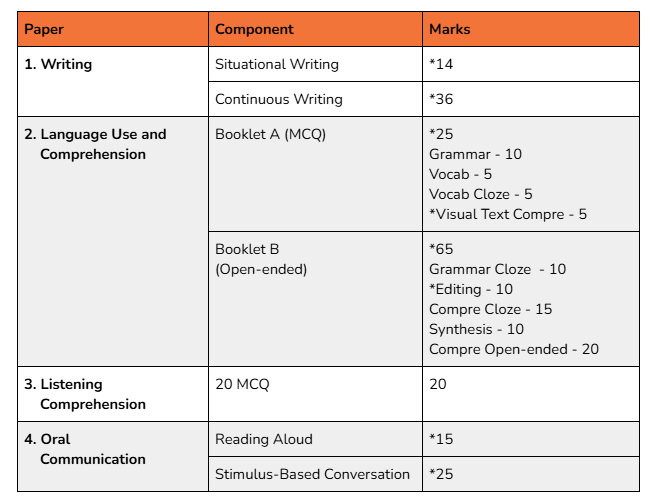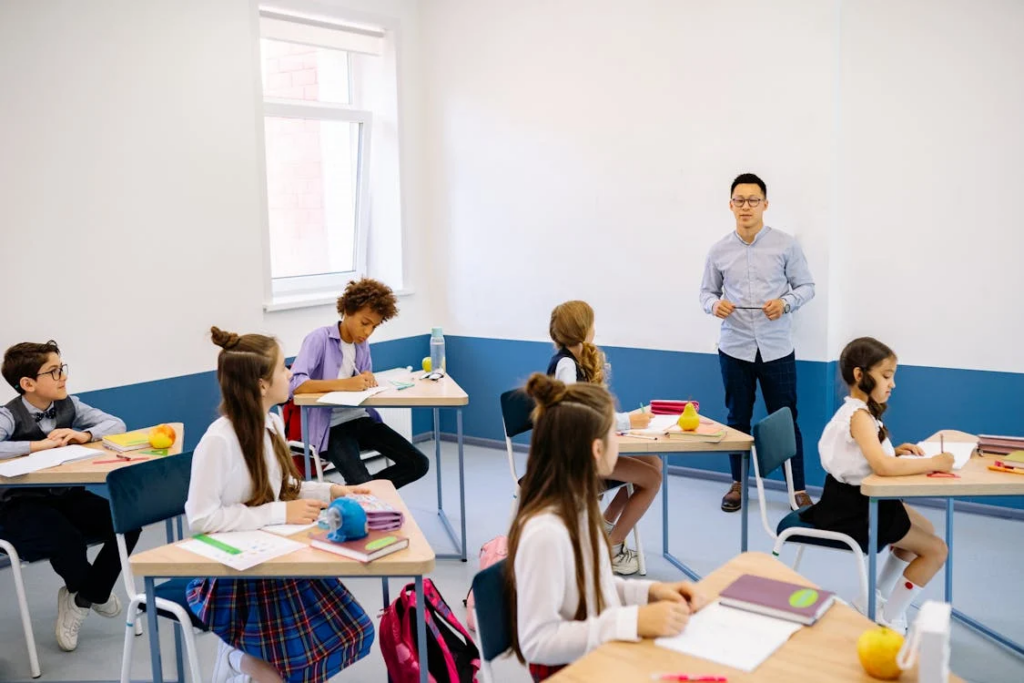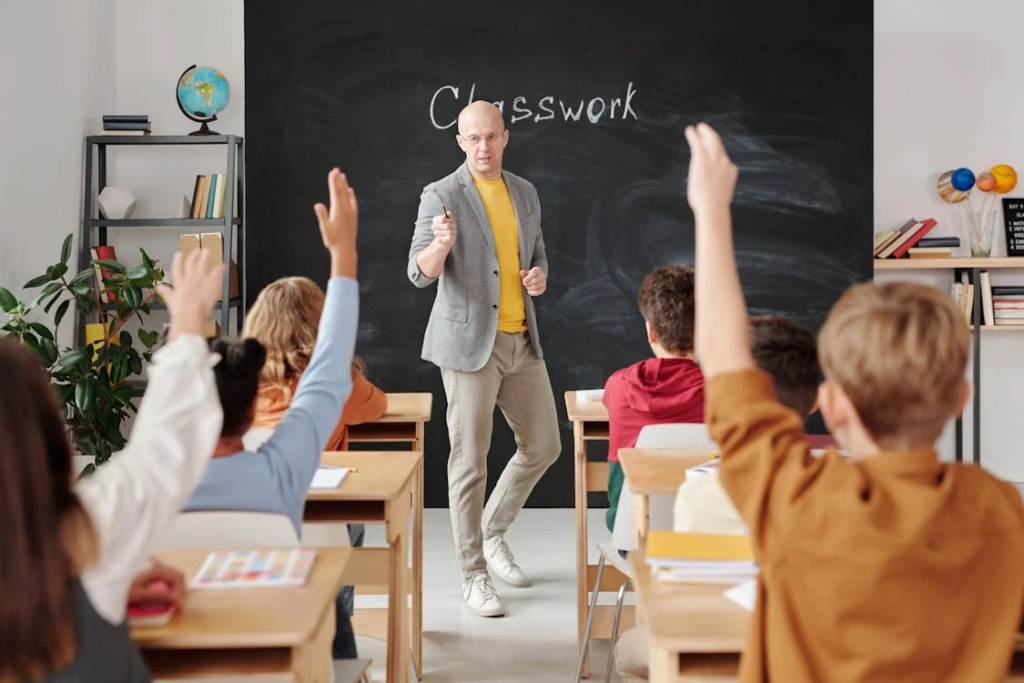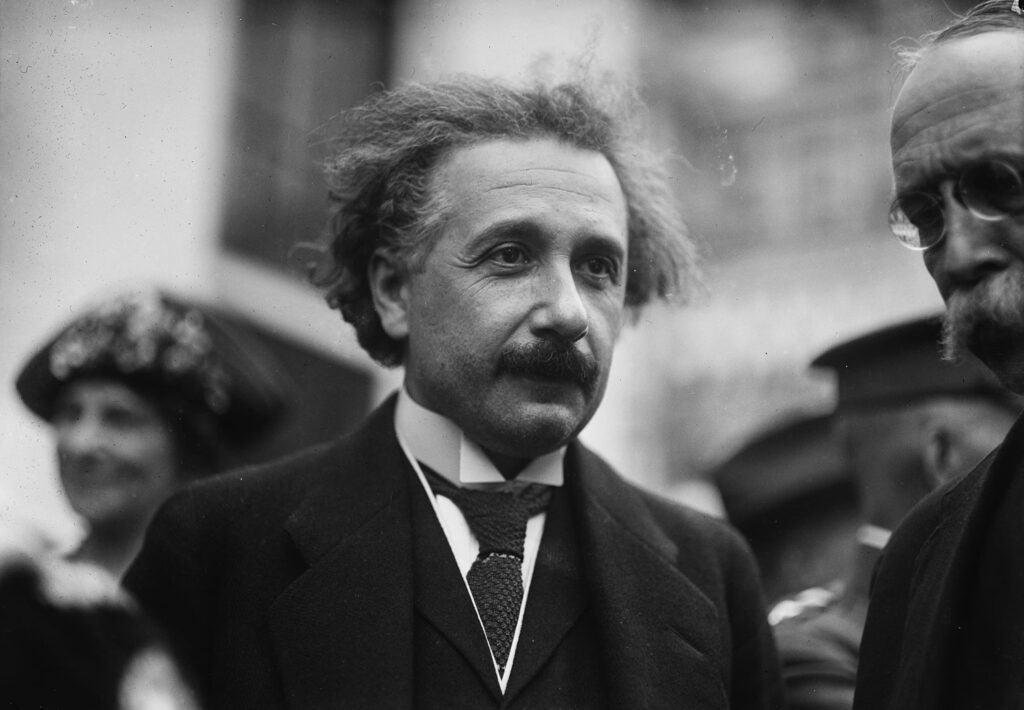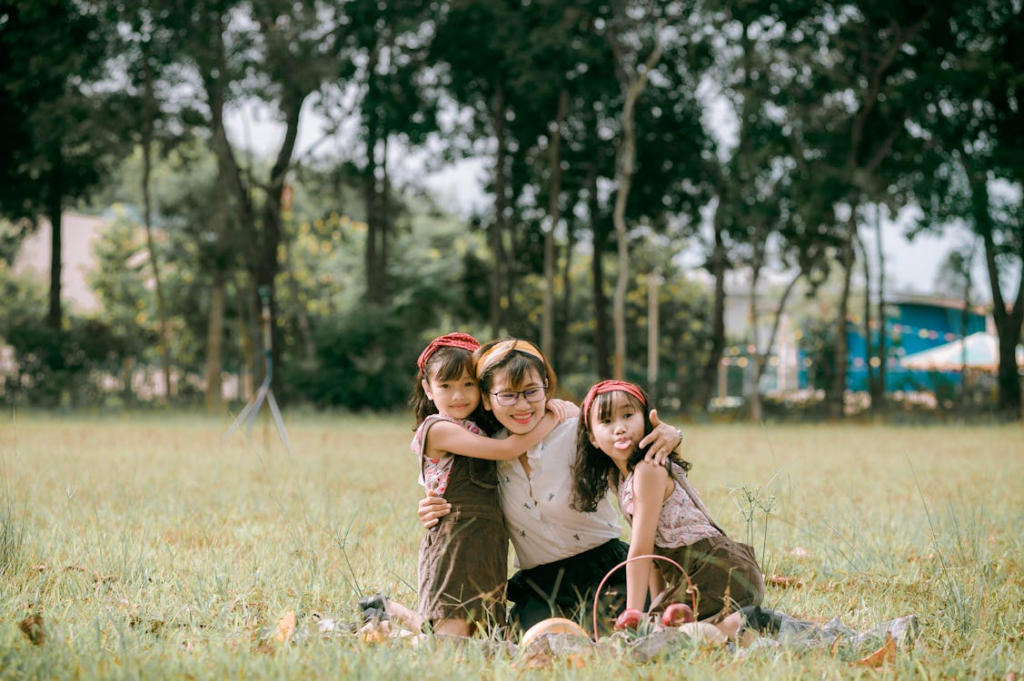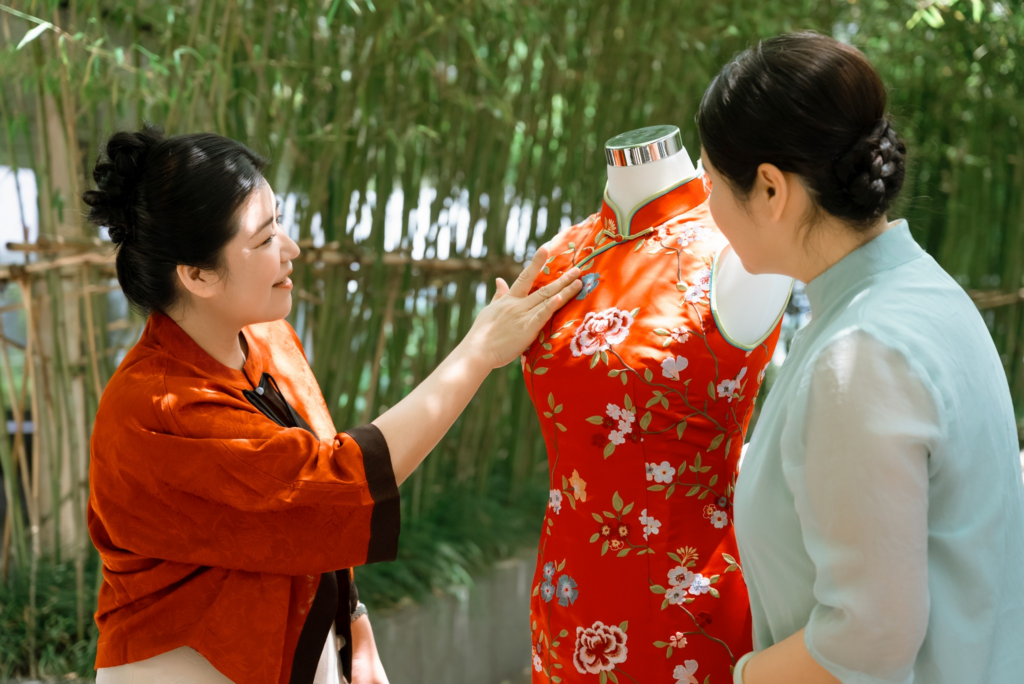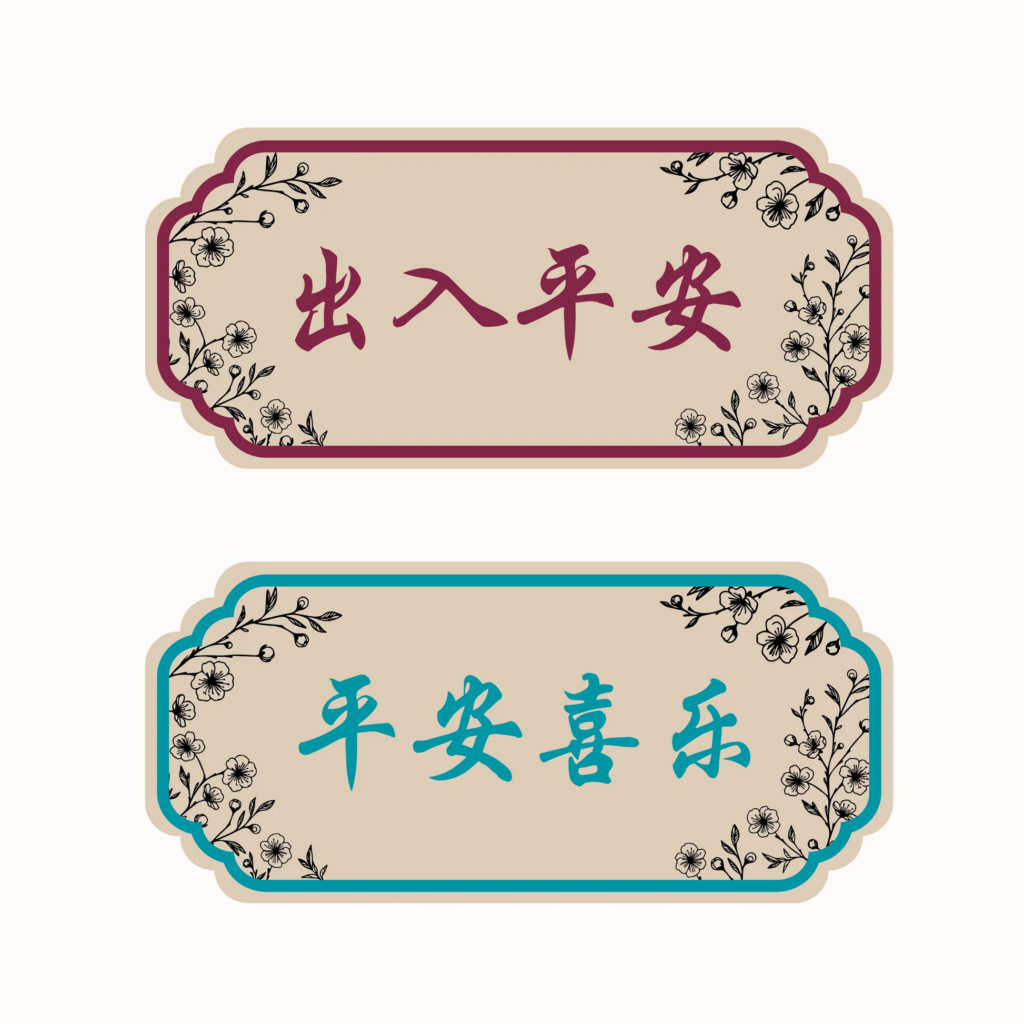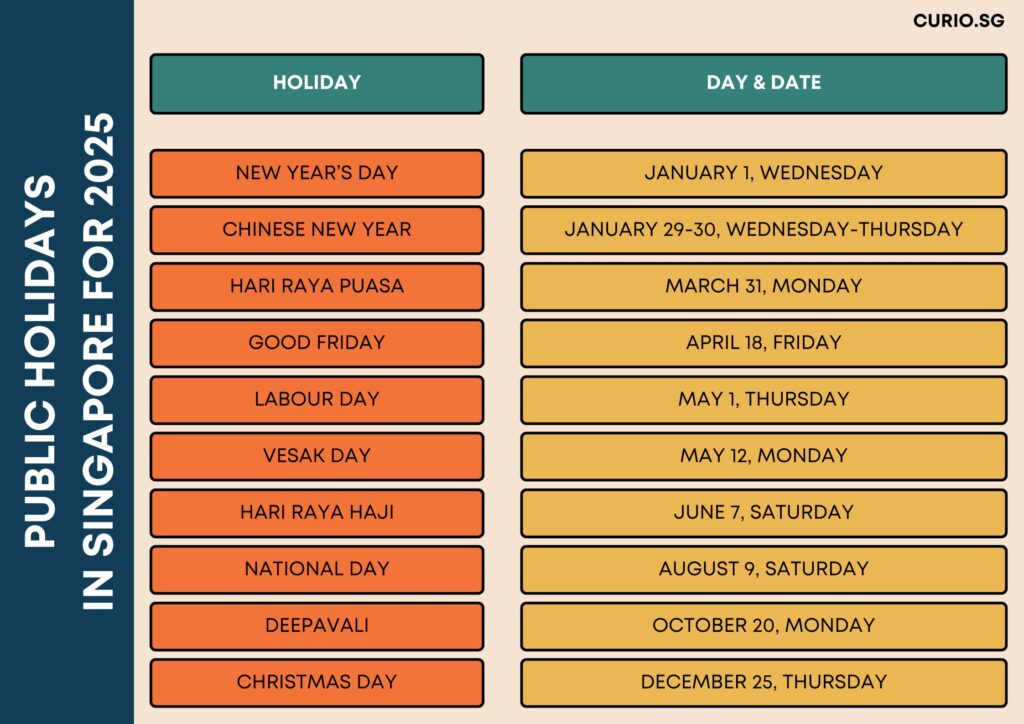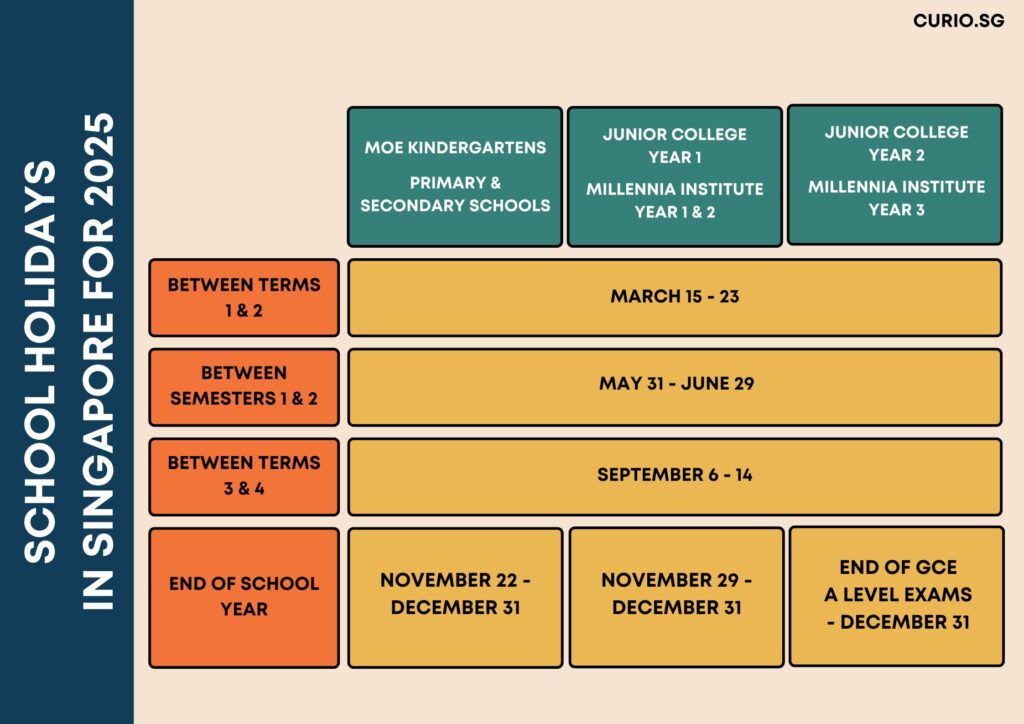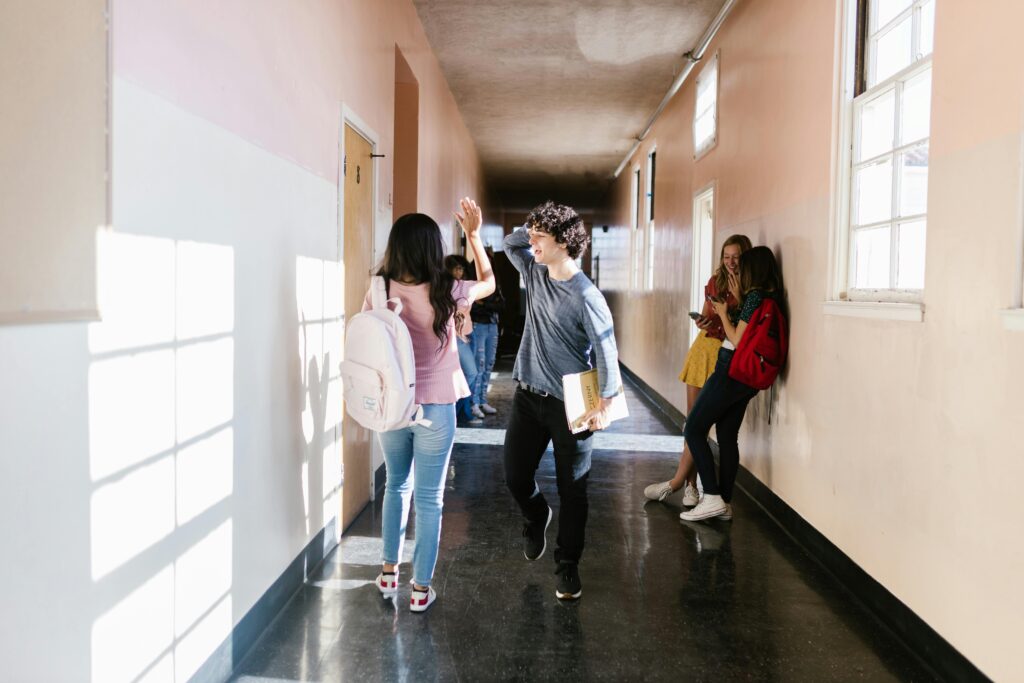"Academic success is important, but without emotional intelligence, students are unprepared for life beyond the classroom."

In Singapore’s competitive academic landscape, students face immense pressure to excel in mathematics, sciences, and languages. While these traditional subjects form the backbone of our education system, there’s a critical component often overlooked in school curricula: emotional intelligence (EQ). At Curio SG, we believe this oversight creates a significant gap in preparing students for future success—both academically and in life beyond the classroom.
Why Emotional Intelligence Matters in Education

Emotional intelligence encompasses the ability to recognize, understand, and manage our own emotions while simultaneously perceiving and influencing the emotions of others. Research consistently demonstrates that students with higher emotional intelligence perform better academically, navigate social relationships more effectively, and demonstrate greater resilience when facing challenges.
According to a landmark study published in the Journal of Educational Psychology, students with well-developed emotional intelligence skills score an average of 11% higher on standardized tests compared to peers with lower EQ levels. This correlation exists independently of IQ, suggesting emotional intelligence provides unique advantages in academic settings.
For Singaporean students facing the pressures of PSLE, O-Levels, A-Levels, and beyond, emotional intelligence serves as the hidden foundation that supports traditional academic achievement. Yet most schools simply don’t have the resources or curriculum space to address this crucial area of development.
Signs That Your Child Might Need Support With Emotional Intelligence
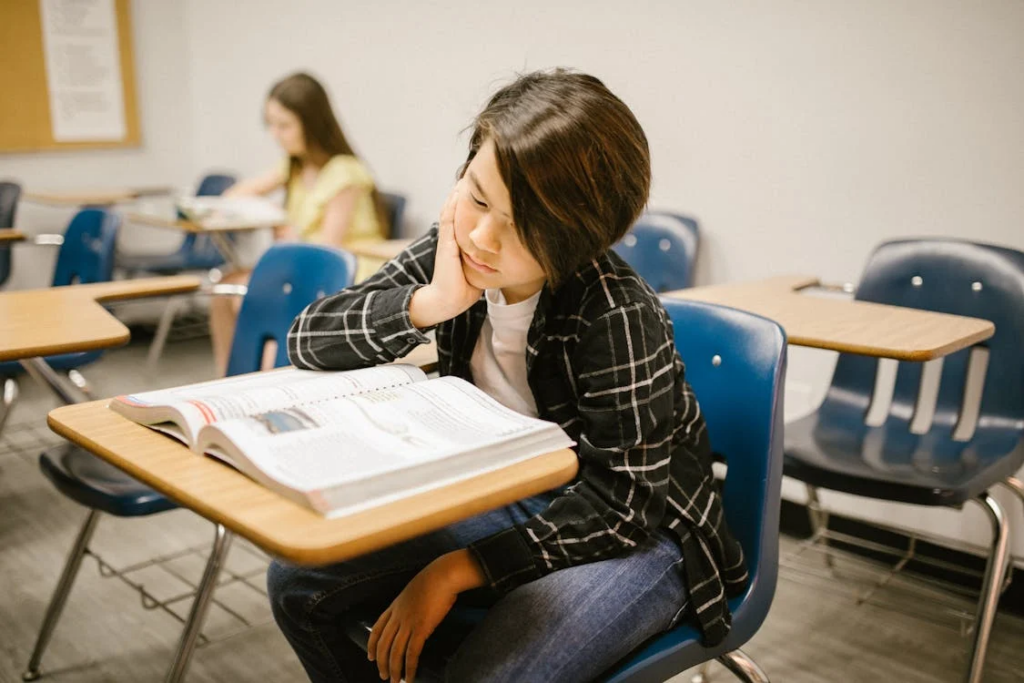
Parents often wonder whether their academically successful children need additional support with emotional intelligence. Consider these common indicators that suggest EQ development deserves attention:
- Your child experiences disproportionate anxiety before tests despite adequate preparation
- They struggle to bounce back from academic disappointments
- You notice difficulties in group projects or collaborative settings
- Your child avoids challenges for fear of failure
- They express excessive perfectionism that impedes progress
- Emotional reactions frequently interfere with homework completion
- Your child has trouble articulating feelings beyond basic emotions
If these patterns sound familiar, your child may benefit from the integrated EQ approach we’ve pioneered at Curio.
The Curio Approach: Embedding EQ in Academic Excellence

At Curio, we’ve developed a unique methodology that weaves emotional intelligence training seamlessly into our academic curriculum. Rather than treating EQ as a separate subject, our tutors incorporate these vital skills into every lesson, creating a comprehensive learning experience that addresses both cognitive and emotional development.
Self-Awareness: The Foundation of Learning
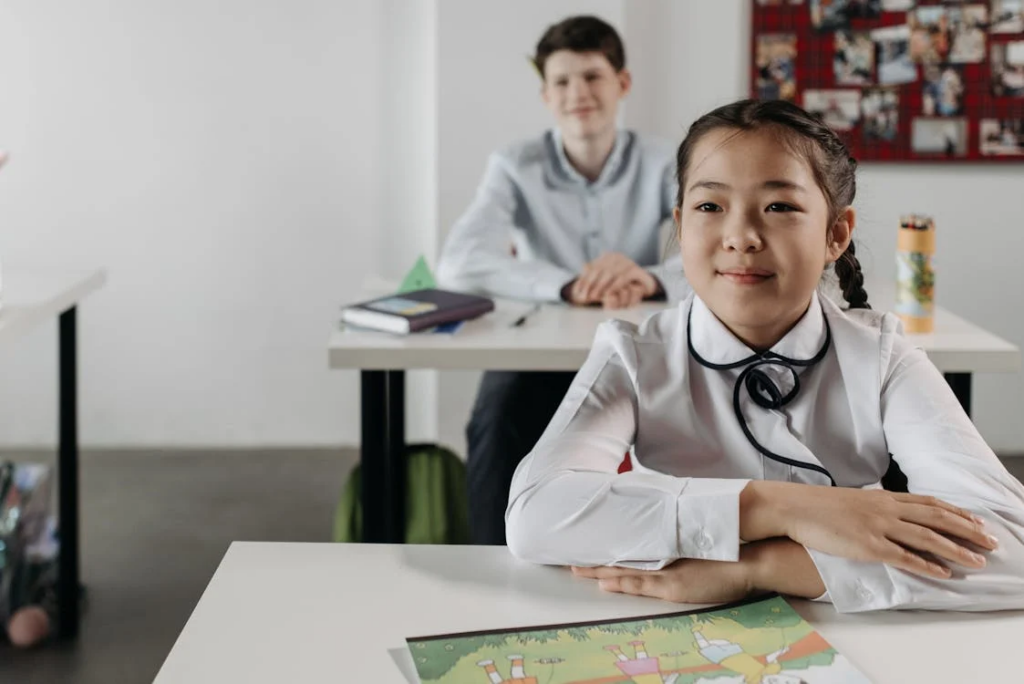
Self-awareness—the ability to recognize one’s emotions, strengths, weaknesses, and their impact on performance—forms the cornerstone of our teaching philosophy.
We incorporate regular reflection questions throughout our lessons:
- “What part of today’s material felt most challenging, and what emotions came up for you?”
- “How did your energy level affect your understanding of this concept?”
- “When you made that mistake, what thought passed through your mind first?”
By cultivating this awareness, students develop the ability to recognize emotional triggers before they derail learning. One parent reported that her Secondary 3 son, previously prone to shutting down when frustrated, now routinely says, “I notice I’m getting overwhelmed. Can we break this problem into smaller steps?”
Self-Regulation: Maintaining Balance Under Pressure

Singapore’s high-stakes testing environment creates intense pressure that can trigger counterproductive emotional responses. Our tutors explicitly teach self-regulation techniques that students can deploy when emotions threaten to overwhelm their cognitive resources.
Importantly, our tutors model healthy emotional regulation in their teaching. When a student asks a challenging question, rather than providing an immediate answer, the tutor might say, “That’s an excellent question that requires some thought. Let us take a moment to consider it carefully.” This demonstrates that taking time to process complex information represents strength, not weakness.
Motivation: Cultivating Intrinsic Drive

Sustainable academic success requires internal motivation that persists even when external rewards diminish. At Curio, we deliberately foster intrinsic motivation by connecting academic material to students’ personal interests and values.
Our tutors work to understand each student’s unique motivational profile. For some, curiosity drives learning; for others, mastery or purpose provides motivation. By identifying these individual drivers, tutors customize lessons to engage students at a deeper level.
In literature and language classes, students select reading materials that align with their personal interests while still meeting curriculum requirements. We also help students develop what psychologists call a “growth mindset”—the understanding that abilities develop through dedication and hard work. Rather than praising intelligence (“You’re so smart!”), our tutors emphasize process and effort (“Your persistent practice with these essaytypes really paid off”).
Empathy: Strengthening Social Understanding Through Academics
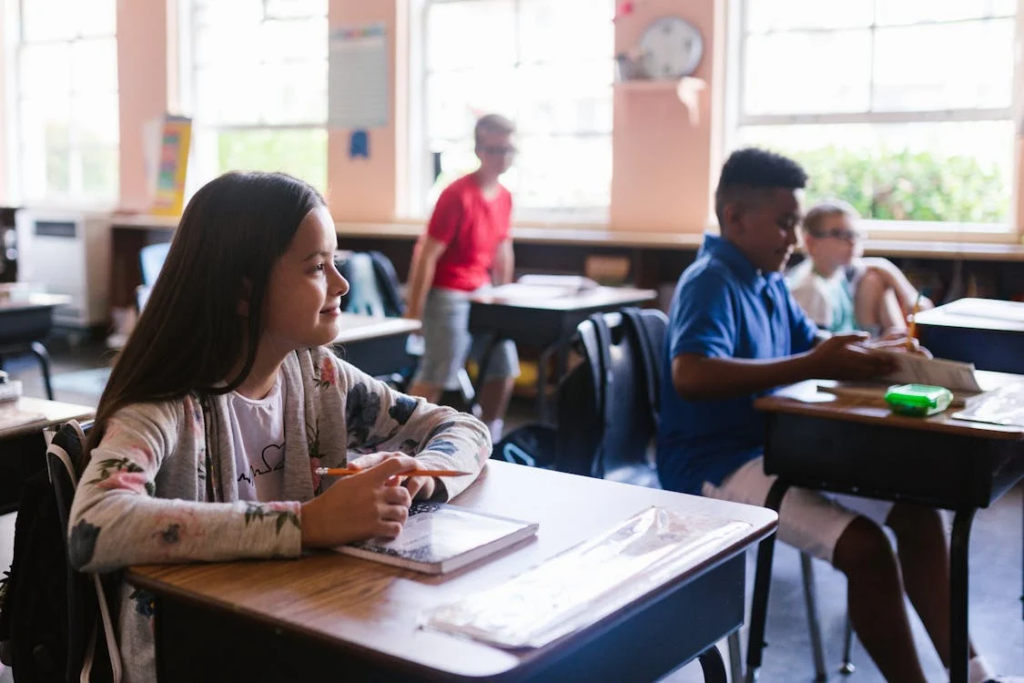
Empathy—the ability to understand others’ perspectives and emotions—might seem disconnected from academic subjects, but our tutors find countless opportunities to develop this crucial skill during lessons.
In literature classes, character analysis becomes an exercise in emotional perspective-taking. Rather than simply identifying a character’s actions, students explore motivations, conflicts, and emotional journeys. These discussions develop a nuanced understanding of human behavior that transfers to real-world social interactions.
Social Skills: Collaborative Learning for Future Success

The modern workplace increasingly values collaboration, communication, and leadership—skills directly tied to emotional intelligence. Our tutors create structured opportunities for developing these capabilities..
For students in group sessions, we incorporate carefully designed collaborative exercises that require emotional intelligence to navigate successfully. These might include group problem-solving with assigned roles, peer teaching rotations, or structured academic debates.
Real-World Applications Beyond the Classroom
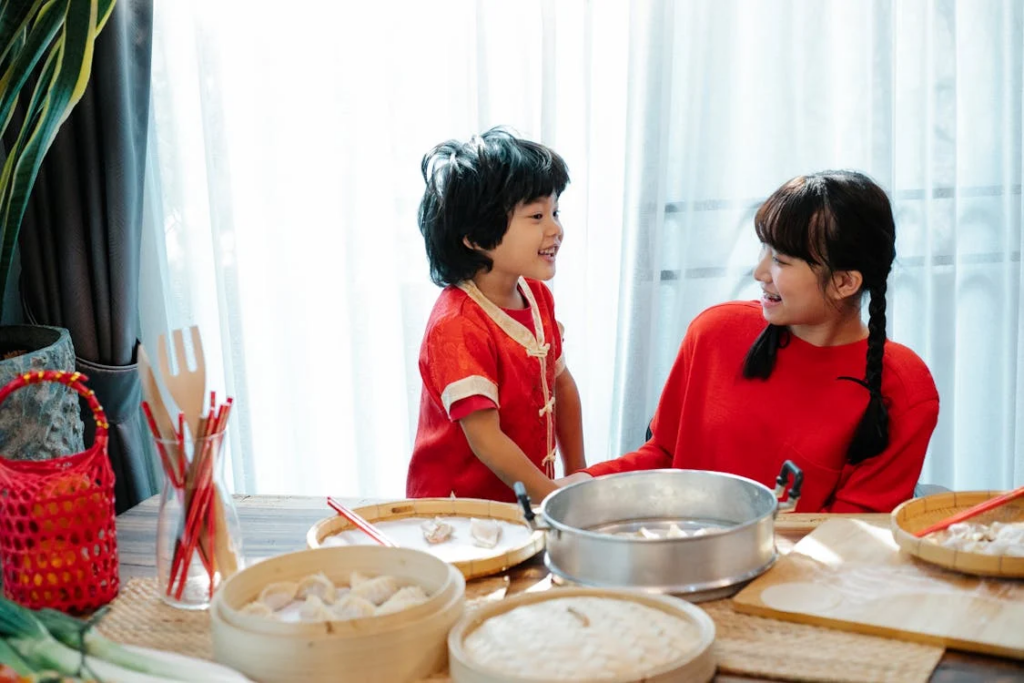
The emotional intelligence skills developed through our integrated approach extend far beyond immediate academic benefits. Students apply these capabilities in numerous contexts:
- Leadership positions in co-curricular activities
- Conflict resolution with peers and siblings
- More effective communication with teachers
- Greater resilience when facing setbacks
- Improved decision-making regarding academic paths
One parent shared how her Secondary 2 daughter, after six months at Curio, successfully mediated a complex group conflict during a school project—a situation that previously would have overwhelmed her. The student later explained she had applied the perspective-taking techniques practiced during literature discussions with her tutor.
How Parents Can Support EQ Development at Home

For maximum effectiveness, emotional intelligence development should continue beyond tutoring sessions. We partner with parents by providing specific strategies for reinforcing EQ skills at home:
- Practice “emotion labeling” during homework sessions
- Create a designated “reset space” for when emotions interfere with studying
- Use reflection questions that connect academic content to personal experiences
- Model healthy emotional responses to challenges
- Celebrate effort and strategy use rather than focusing exclusively on results
Start Your Child’s Emotional Intelligence Journey

At Curio, we’ve witnessed countless students transform their academic experience through integrated emotional intelligence development. By addressing this critical missing subject, we provide students with both immediate academic advantages and lifelong skills for success.
Unlike programmes that focus exclusively on content knowledge, our approach equips students with the emotional tools needed to apply that knowledge effectively—even under pressure. This comprehensive development prepares students not just for exams, but for the complex challenges of university education and future careers.
If you’ve noticed your child struggling with the emotional aspects of learning or simply want to provide them with the full spectrum of skills needed for long-term success, we invite you to experience our unique approach during our English tuition classes.
Contact Curio today to arrange a consultation and discover how emotional intelligence integration can enhance your child’s learning journey. Together, we can fill the gap left by traditional education and develop truly well-rounded students prepared for whatever challenges tomorrow brings.














